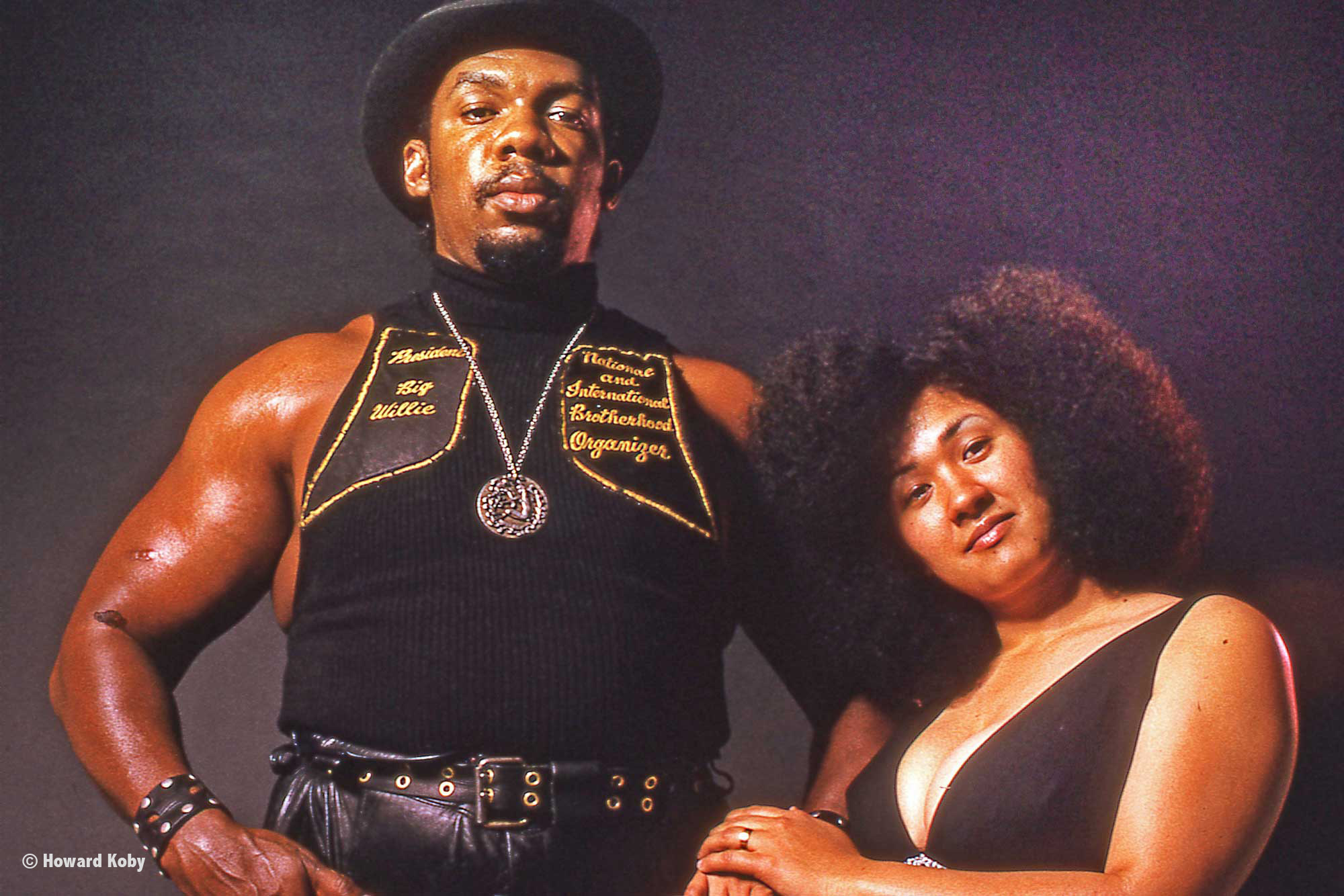Subscribe to the Play Next newsletter to be the first to know when we release new episodes.
Website credits
Reported by Daniel Miller. Digital production by Sean Greene. Edited by Kimi Yoshino. Video production by Myung Chun, Robert Meeks, Jason Neubert and J.R. Lizarraga. Copy edited by Rubaina Azhar. Photography by Myung Chun, Kirk McKoy, Howard Koby and Steve Reyes. Photos edited by Mary Cooney. Research by Scott Wilson. Audience engagement by Tessa Bangs. Additional production by Jessica Perez.
Podcast credits
Reported, written and hosted by Daniel Miller. Produced by Grant Irving. Edited by Catherine Saint Louis. Story supervision by Kimi Yoshino. Executive produced by Jonathan Hirsch. Additional production by Karan Nevatia. Sound design and mixing by Daniel Tureck. Music by Nolan Schneider and Grant Irving. Sound engineering by Mike Heflin. Research by Scott Wilson. Fact checking by Laura Bullard. Copy edited by Rubaina Azhar. Additional audio work by Myung Chun, Jason Neubert and Robert Meeks. Audio rights and clearance by Alan Hagman, Paige Hymson and Erica Varela. Legal work by Jeffrey Glasser. "Larger Than Life" is a production of LA Times Studios with support from Neon Hum Media.

 Apple Podcasts
Apple Podcasts Spotify
Spotify Stitcher
Stitcher














